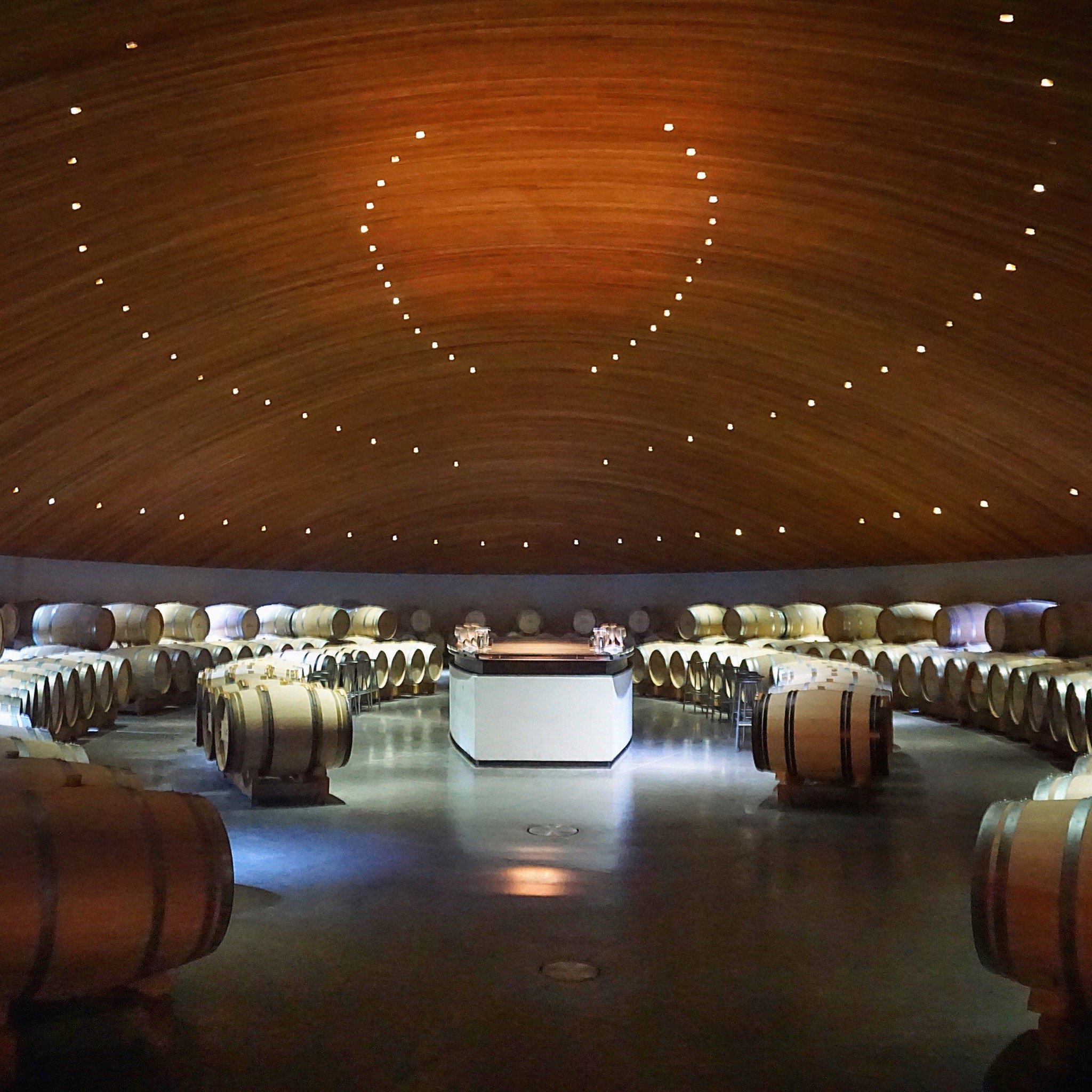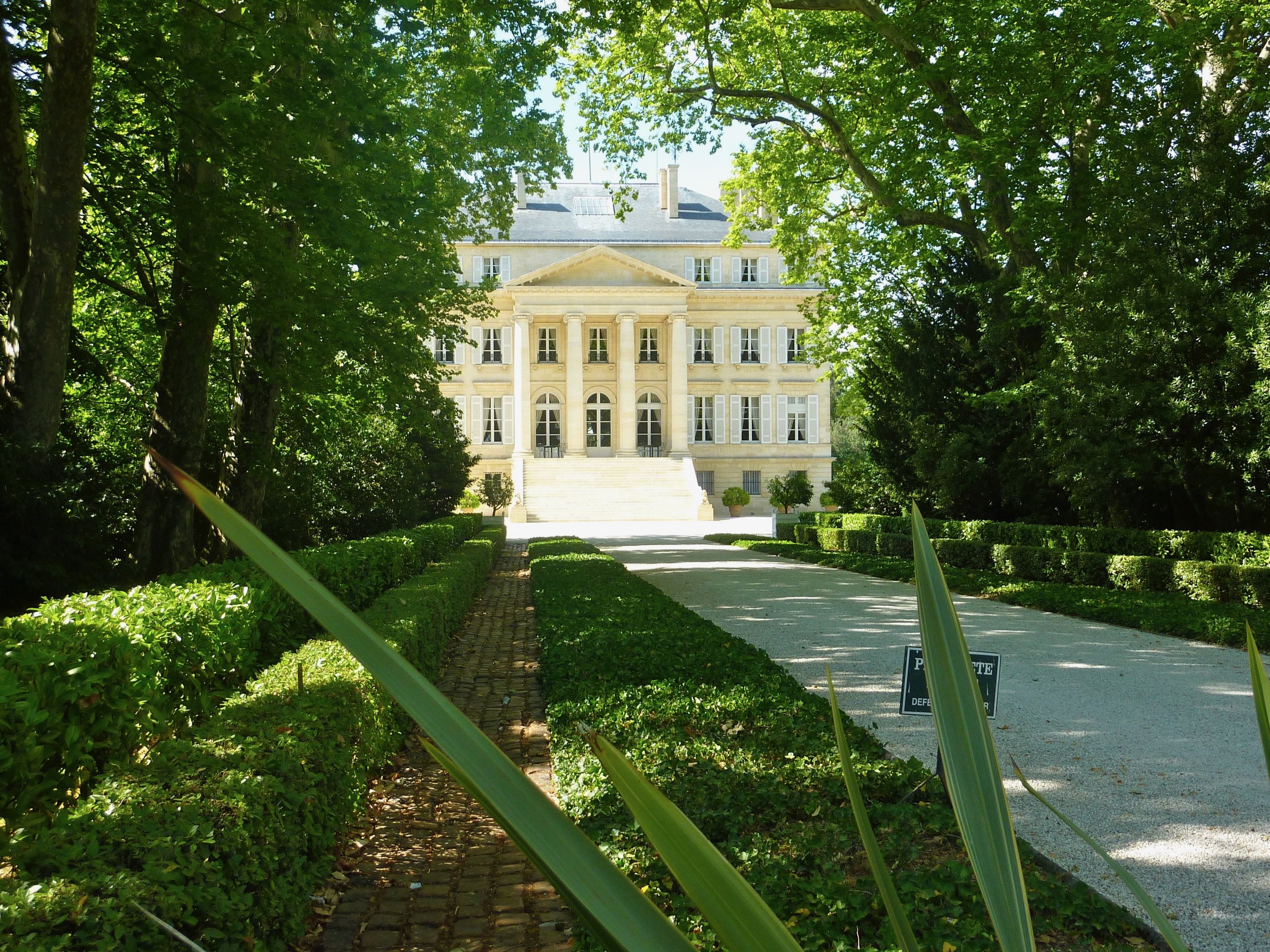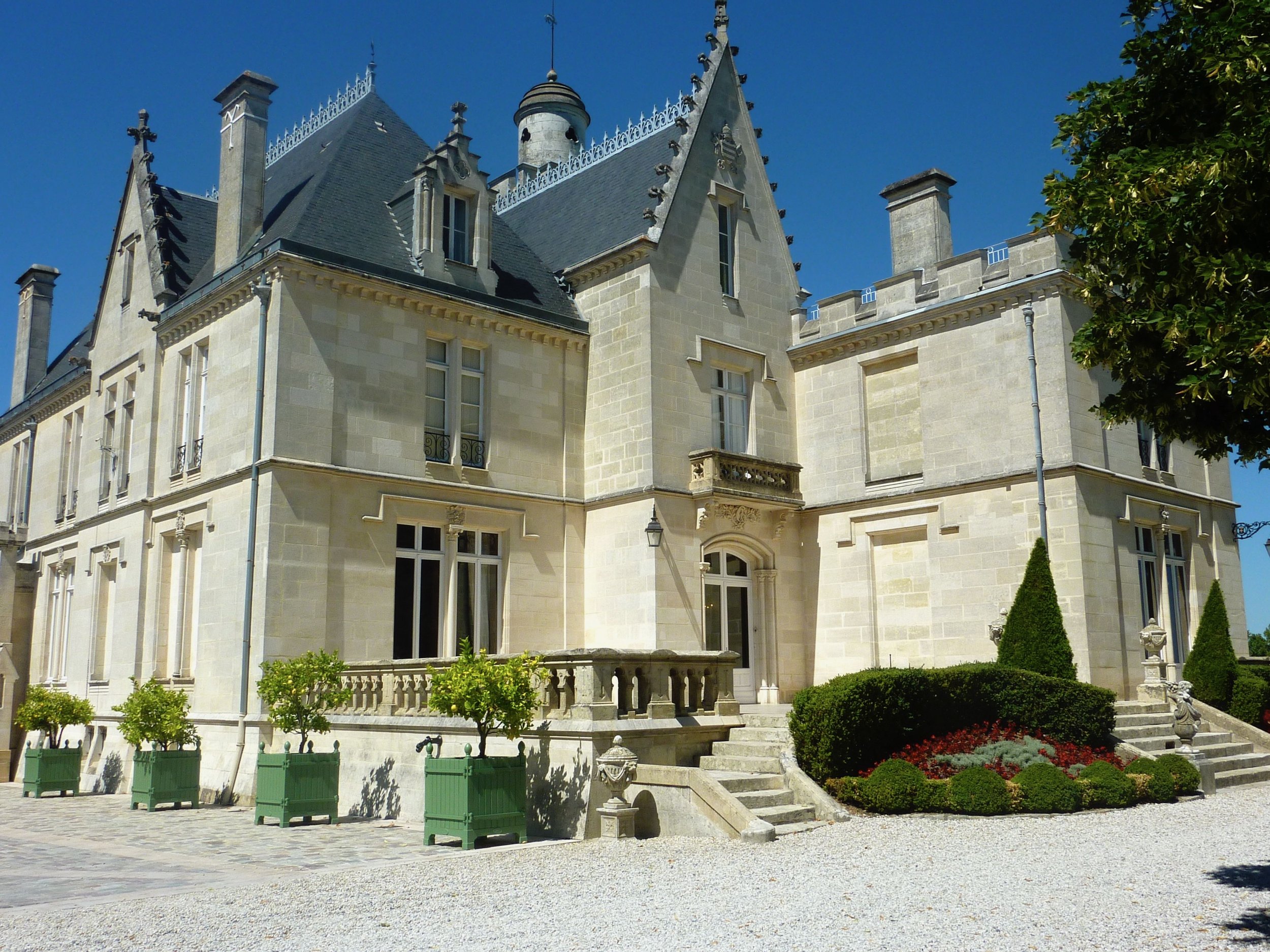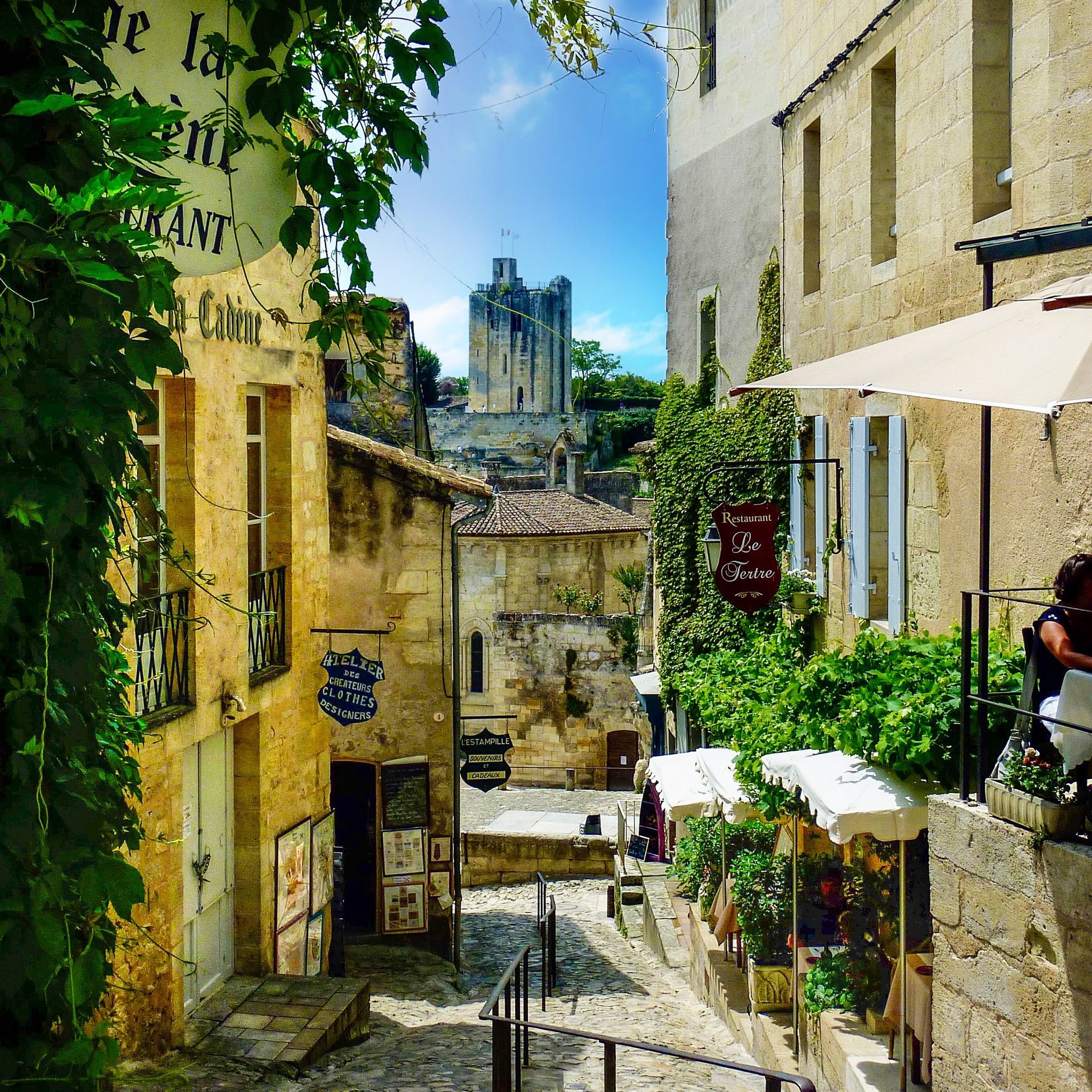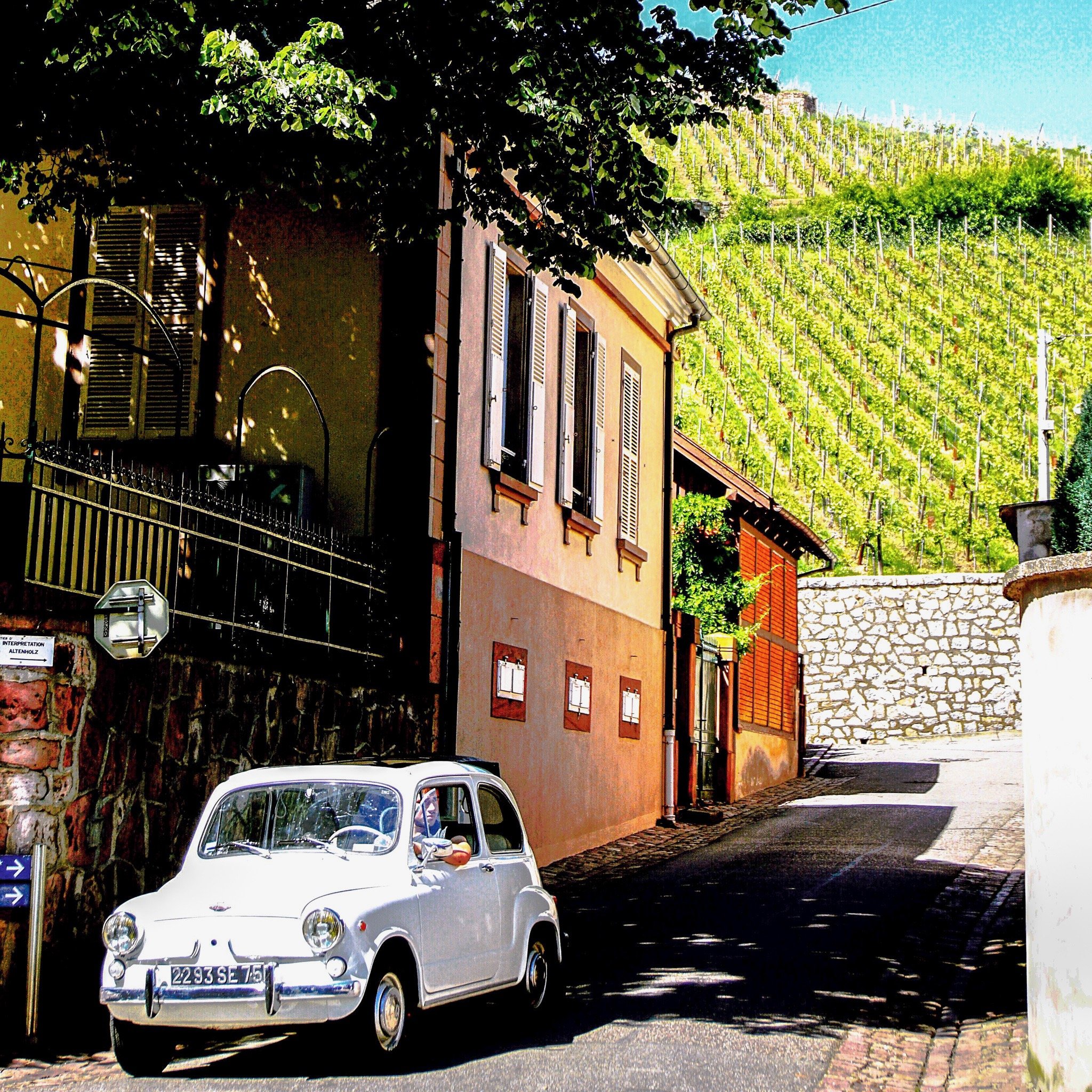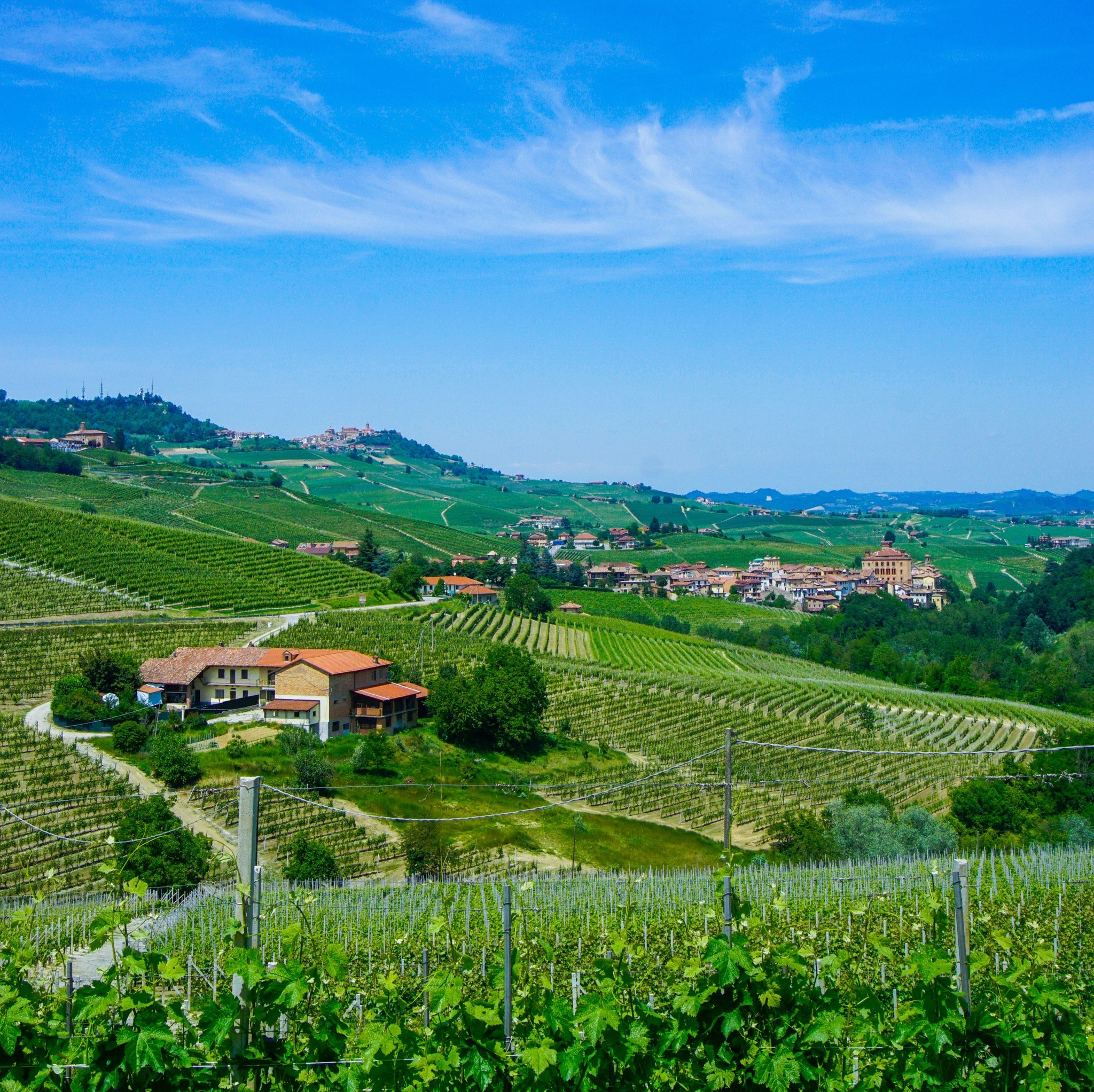Wine Tourism on the Rise
I was knee-deep in planning our next wine travels when I ran across some information that caused me to pause and consider the effects of what can happen with competition for these tourism dollars.
We decided it was time for a return visit to Bordeaux, knowing that so much had changed since our first visit in 2011. That visit was a time when a wine distributor assisted us in scheduling our visits because many Chateaux weren’t open to the public. At this time, the city of Bordeaux also didn’t have a great deal to offer. I knew this had all changed when in 2012, an all-out-effort began to focus on wine tourism. This focus has brought a high-speed train from Paris to get you there in two hours and a modern electric tram to get you around the city. It also created the La Cite du Vin wine museum, now a well-known highlight seen in every Bordeaux photo opp. The number of hotels, restaurants, and wine bars has all grown, providing good reason to stay in the city.
Since a U.S. distributor arranged our first visit, we spent most of our time visiting many of the big left-bank Chateaux. This time around, I wanted to focus more on the right bank and spend time in what I remember of the quaint, medieval town of Saint-Émilion.
My wine travel research is my equivalent of WSET studies, trying to understand the grapes, terroir, and the governing laws before selecting wineries for our visit list. During this discovery period, I read about St Emilion’s classification process, which started in 1954 initially with 12 Premier Grand Cru Classé and 63 Grand Cru Classé. This classification is only updated every ten years. What I then uncovered caused me concern and the realization of what some will do to capture the growing money associated with wine tourism.
In 2012, the St-Emilion Wine Council created new rules. It awarded 50% of the ‘points’ to the taste and terroir of the wine itself, with the other 50% having to do with the winery’s image. This latter half reflects things like marketing (presence in the media), the property's appearance, tourism aspects like impressive tastings rooms, and Michelin star restaurants.
With these new rules in place, the 2012 ranking promoted Châteaux Angélus and Pavie to Premier Grand Cru Classé ‘A’. This highest level of recognition was previously only home to Châteaux Ausone and Cheval Blanc. With the ten-year renewal around the corner, Châteaux Ausone and Cheval Blanc have decided to withdraw from the classification process. Behind the decision is a concern that far too little importance is given to terroir and viticulture, only 15% of the final grade. They stated that marketing and wine tourism are very nice things, but the measure of great wine comes down to terroir, viticulture, and time.
These rules have also caused an ever-widening gap between the original, family-run wineries (some 8th generation) and those who have entered the wine business from their success in other industries. Recently a 5-hectare parcel of a Premier Grand Cru Classé was bought for 10 million euros a hectare. If there wasn’t already friction in a family, there is nothing like these escalating values of their ancient lands to stir up some trouble ahead.
With this system, it wouldn’t even be a prerequisite to have the best vineyards; it would seem you could buy your way to the top with an extravagant experience for wine tourism and a great PR firm for your brand.
Let’s not fool ourselves that this is only a French dilemma with their classification systems. The U.S. may have a relatively lax form of a classification system. Still, there is considerable influence by those producers who can master the game of marketing and have the money to impress with grandiose tasting rooms, all of which have very little to do with the quality of their wines. It’s well documented that original family-run businesses can no longer afford Napa Valley. Is Sonoma long for this ill-fated situation?
I, for one, don’t want to lose…
The history of traditional winemaking practices and the generational stories of winemaking families. The quaintness found in wine destinations like Alsace or the Mosel, or the picturesque hillsides of the wine towns in the Lange. The uniqueness that can be uncovered in the Douro Valley, or Priorat, if they should feel compelled to emulate other regions for wine tourism.
I happen to enjoy the rustic charm of Walla Walla, Washington, maybe because I grew up with the rolling hill landscape of the Palouse. It’s fantastic that there are now nice accommodations and outstanding restaurants, but I hope it doesn’t become another Napa. Some of the best memories are actually drinking wine in a garage. Why, because we had great discussions about all aspects of the wine. I could also feel the passion and sense the pride they had in making it; an authentic experience.
I’m thankful that so many vintners have opened their doors to me the consumer, even though this has added to their business aspects. Is there not a balance we can help to achieve? Do we require an over-the-top experience that would force a winery to decide between a new tasting room and a new sorting machine?
So, what role do we play as a wine tourist — Is it not worth a pause to consider what wineries we visit and promote?
References:
Sip Wine Blog by Nicolle Croft
Decanter, July 2021

